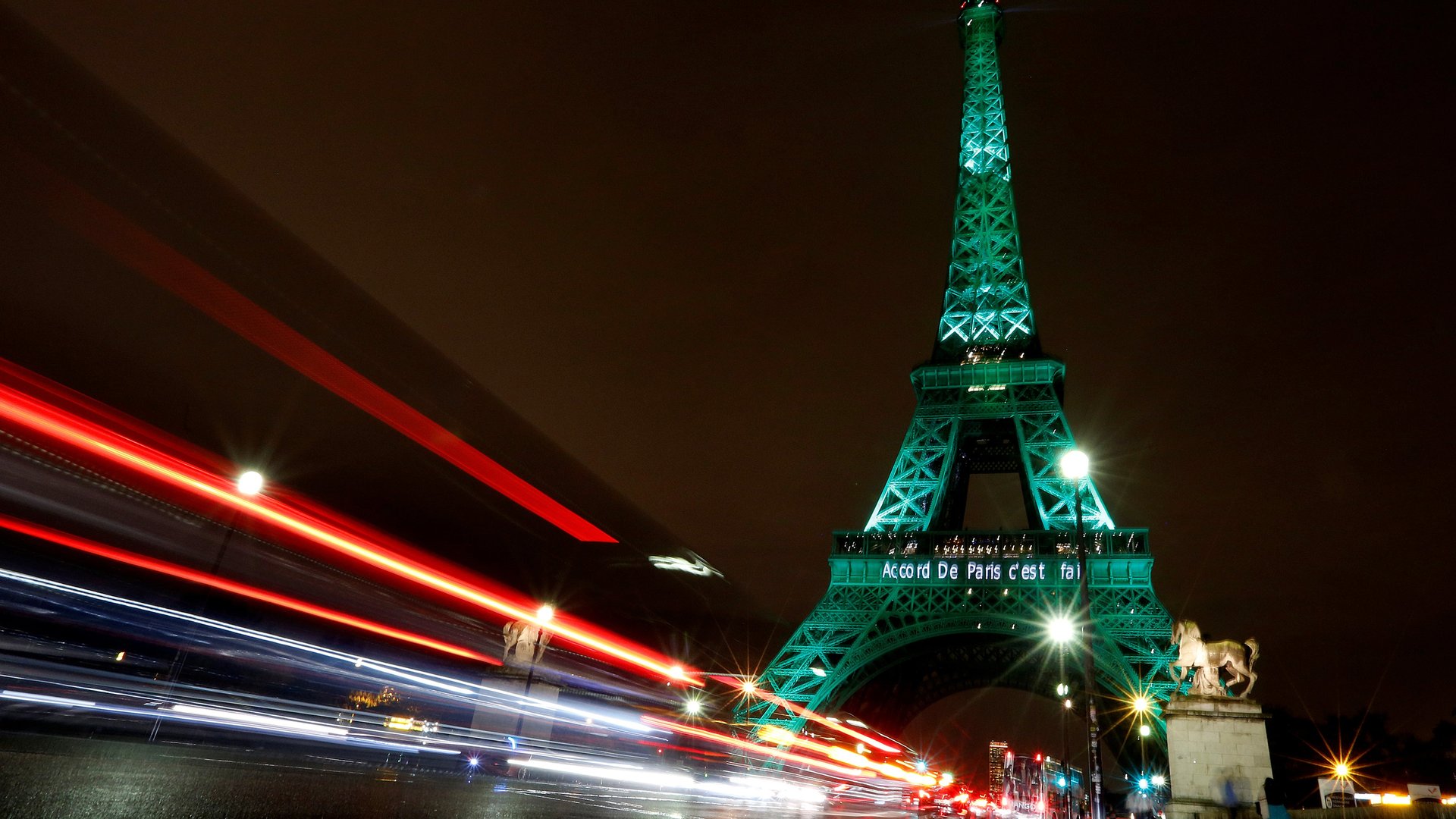While the world is transfixed by the US election, real action is happening on climate change
When the dust settles from the US election, haggard voters may be surprised to learn that other important things have been happening in the world. On October 4th, the historic Paris Agreement on climate change came into force—years sooner than expected. The international scramble to ratify the agreement quickly reflected a widespread desire to have it done before Americans could vote in a new president.


When the dust settles from the US election, haggard voters may be surprised to learn that other important things have been happening in the world. On October 4th, the historic Paris Agreement on climate change came into force—years sooner than expected. The international scramble to ratify the agreement quickly reflected a widespread desire to have it done before Americans could vote in a new president.
The Paris Agreement is the single largest piece of climate change legislation ever enacted. Over 200 countries signed the treaty at last year’s COP21 meeting. The agreement puts caps on global emissions and establishes guidelines for international collaboration. It was designed to automatically come into force once at least 55 countries, representing at least 55% of global emissions had ratified it. That threshold was reached last month when the European Union signed off.
Having the climate agreement ratified early clears the way for the Nov. 7 start of COP22 climate talks in Marrakech. At those talks, countries will have to deal with lingering issues of how to implement the agreement. Particularly controversial is how to ensure developing nations have the resources to combat climate change, and how to balance that priority with their long-term economic development.
The enforcement of the Paris Agreement adds to a year of substantive policy progress on climate change. In October a global deal was reached to ban the use of hydrofluorocarbons—chemicals used in fridges that are among the most potent heat-trapping gases. However, these changes are really just a start. By multiple measures, including soaring temperatures and declining arctic sea-ice, it has been a terrible year for the climate. Now that the world has agreed to do something, the question is, will it be enough?